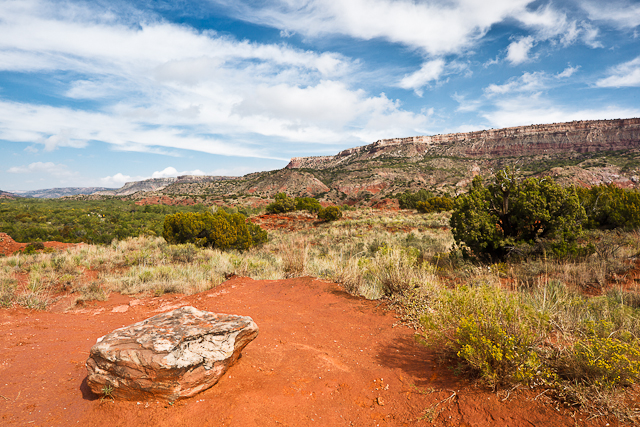I have been privileged in this life to do work for and to become friends with some of the most incredible people on the face of this planet. As you grow older and begin to realize that you have fewer days ahead than behind, you come to appreciate just how much these relationships enrich your life. The true measure of a man is not how much money he makes but how many friends he can call upon when the #$%^ hits the fan.
This week a dear friend of mine sold his “small business” to a much larger company for a tidy sum of money. Now I’m not going to name names but if you read the business section of your local Texas paper or go online, you can figure it out. My friend has run this not so small business for the past 25 years and has grown the business tremendously during the past decade. I’d like to think that I had some small part in that success and I have enjoyed working with these folks more than I ever thought possible.
It’s been a privilege and a pleasure to do work for this company for the past nine years but alas, all good things must end. Sadly, the new parent company is really big, headquartered outside of Texas and won’t be needing my services any longer. I was a small fish in an already crowded pond but now I’m a minnow in the ocean and the sharks are circling. I’ve known this was coming for the past two months and was grateful that my friend thought enough of our relationship to let me know. But this does leave my personal compass spinning wildly at the moment.
The energy, oil & gas business in the gulf coast has been hit badly in the past year with the BP disaster, the moratorium on deepwater drilling and the glacial pace at which new offshore drilling permits are being issued. Most small to medium size businesses in Texas & Louisiana have been hit hard and aren’t spending a dime on anything right now.
I’ve worked in this industry for 27 years and I know that may make some readers uncomfortable, but the folks finding oil & natural gas are no different than you and I. Most work for small to medium size businesses and they have bills to pay and groceries to buy just like everyone else does. They do very difficult and sometimes dangerous jobs, hundreds of miles offshore, for twelve hour shifts, six days a week. When they return home, they kiss their wives, play with their kids and go to church on Sunday. They’re good people and I’m proud to call some of them my friends.
So I have some tough choices to make and I’m not quite sure which path I’m meant to follow.
- My industrial & product work started our well this year but has almost completely dried up during the past six months. My oil field knowledge and small business background was a real plus in this market and I wisely stayed away from the larger accounts that other commercial shooters would vie for. (CON)
- My landscape and nature photography print & web sales have grown significantly this year and I’m amazed at how many new clients found me “online” from my Blog, Google, Flickr and Twitter. And yet, some of my biggest sales were the result of word-of-mouth referrals. (PRO)
- I’ve also been dipping my toe into the real estate and B&B (bed & breakfast) photography market outside of the Houston area. So far, it’s been a great niche market that’s been ignored by most commercial shooters. (If you’re a commercial photographer in central Texas I promise not to go after your headshot business if you leave the B&Bs to me. We all gotta eat!) (PRO).
- Last but not least, interest in the Texas Landscape Safari workshop to be held next April has been incredible and I’m already looking at holding two workshops back-to-back to accommodate the number of folks planning to attend. (PRO)
So I find myself at a crossroads knowing that sadly, all good things must end.

Endings – Kingsland, Texas
Copyright © 2010 Jeff Lynch Photography
Shot taken with a Canon EOS 5D Mark II set on aperture (Av) priority using an EF 24-105mm f/4L IS USM lens tripod mounted. The exposure was taken at 45mm, f/13 for 2 seconds at ISO 100 with a Singh-Ray warming polarizer filter. Post capture processing was done in Adobe’s Lightroom 3.
Click on the image above for a larger version.









